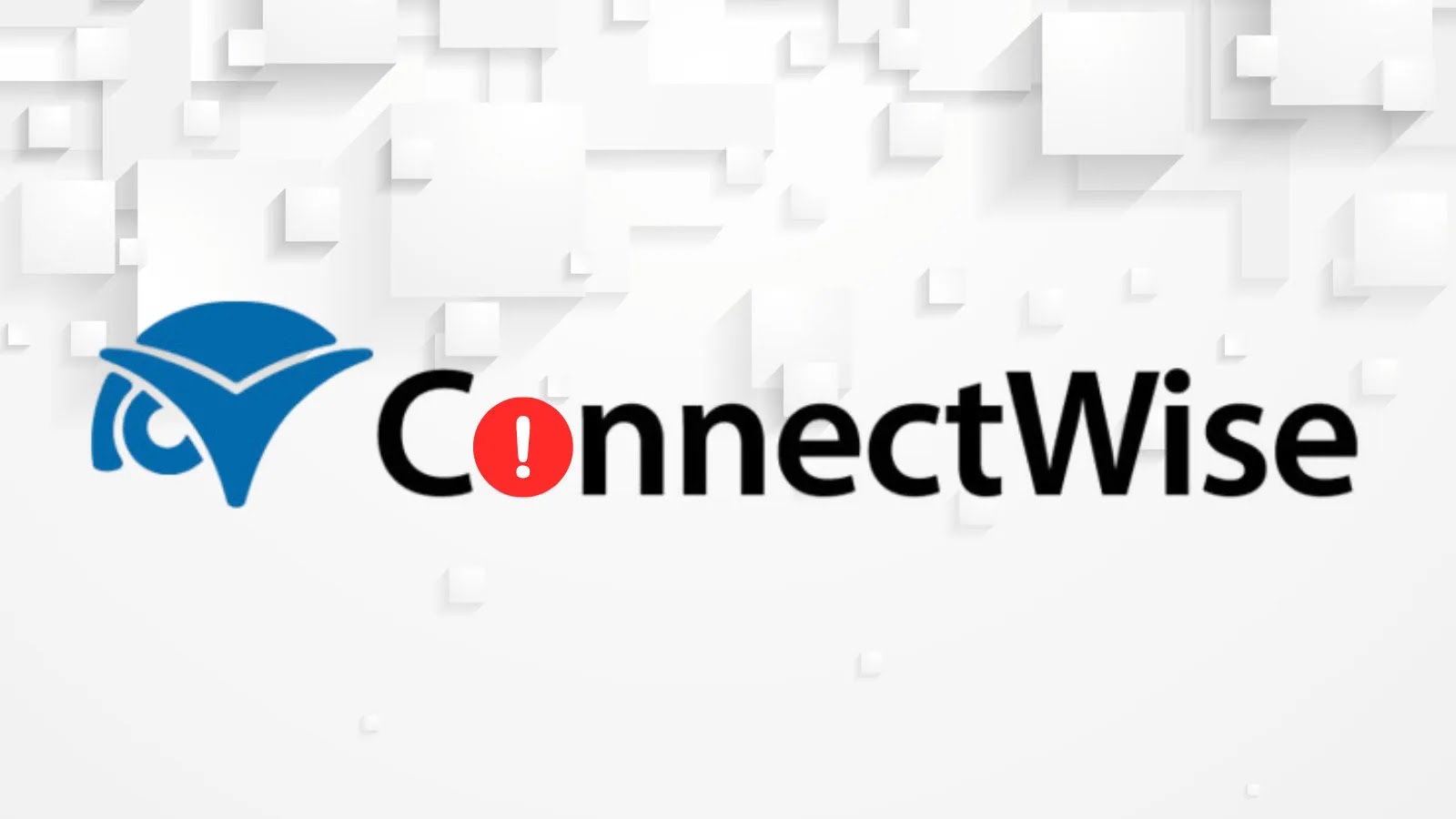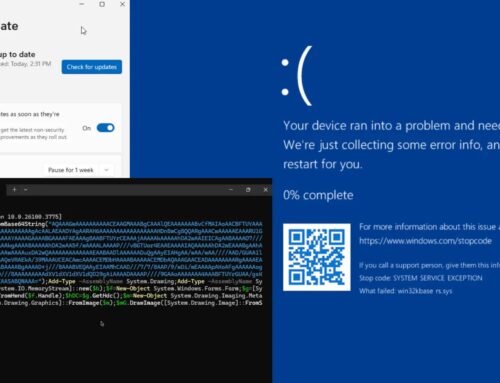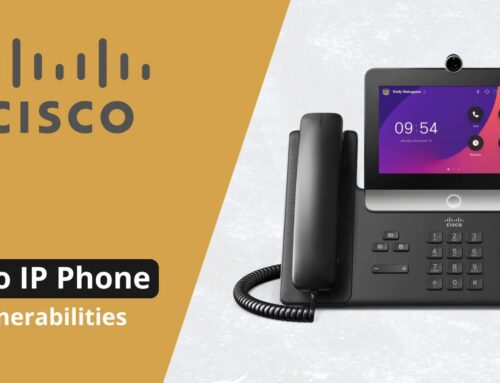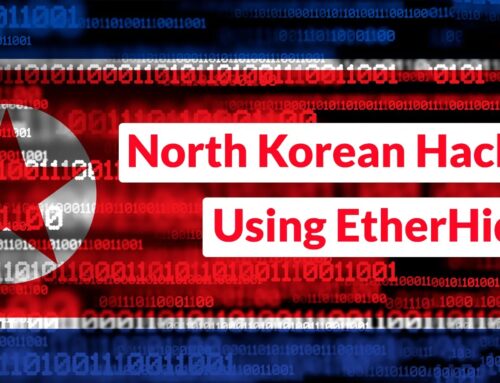
Critical ConnectWise Vulnerabilities Allow Attackers To Inject Malicious Updates
Critical ConnectWise Vulnerabilities Paved Way for Malicious Update Injections
A significant security alert recently rocked the managed services provider (MSP) landscape. ConnectWise, a leading vendor of IT management solutions, issued an urgent security update for its Automate platform on October 16, 2025. This critical patch, identified as version 2025.9, was released to address severe vulnerabilities that, if exploited, could have allowed attackers to intercept sensitive data communications and even inject malicious software updates into client systems. This event underscores the persistent threat landscape faced by organizations relying on complex IT infrastructure management tools.
Understanding the ConnectWise Automate Agent Communication Flaws
The core of these vulnerabilities lies within the agent communication mechanisms of ConnectWise Automate. In essence, these flaws created potential loopholes where an unauthorized party could interfere with the legitimate flow of information between the Automate server and its deployed agents. Such interference could range from passive eavesdropping on data to active manipulation, leading to far more serious consequences.
- Data Interception: Attackers could potentially “listen in” on the communication channels, gaining access to sensitive client data that Automate agents collect and transmit.
- Malicious Update Injection: The most alarming aspect of these vulnerabilities is the potential for an attacker to push their own malicious software updates to managed endpoints. This could lead to widespread malware infections, ransomware deployment, or even complete system compromise across an MSP’s client base.
While the specific technical details concerning the CVEs were not fully disclosed in the initial report, the nature of the threat suggests vulnerabilities such as insecure communication protocols, improper authentication mechanisms, or deserialization flaws that could be exploited for arbitrary code execution.
Impact on On-Premises Installations and Misconfigurations
ConnectWise explicitly highlighted that these vulnerabilities primarily affect on-premises installations of Automate. This distinction is crucial. Cloud-hosted solutions often benefit from shared responsibility models where the vendor handles much of the underlying infrastructure security. However, on-premises deployments place a greater burden on the end-user or MSP to correctly configure and secure their systems.
The issues reportedly “stem from environments” where misconfigurations might expose systems. This suggests that while the underlying vulnerabilities were within ConnectWise’s software, the exploitable path often involved customer-side setup errors. Such misconfigurations could include:
- Publicly accessible Automate servers without proper network segmentation or firewall rules.
- Weak or default credentials remaining unchanged.
- Lack of robust patch management for underlying operating systems or related components.
Network-based exploits become significantly easier when these misconfigurations are present, allowing attackers to leverage the critical flaws within Automate from an external vantage point.
Remediation Actions: Securing Your ConnectWise Automate Environment
Given the severity of these vulnerabilities, immediate action is paramount for any organization using ConnectWise Automate, especially those with on-premises installations. Here’s a comprehensive guide to remediation:
- Apply Patch 2025.9 Immediately: This is the most critical step. Ensure your ConnectWise Automate installation is updated to version 2025.9 without delay. ConnectWise provides clear instructions for applying patches; follow them precisely.
- Network Segmentation: Restrict network access to your Automate server. It should ideally not be directly exposed to the internet. Implement strict firewall rules, allowing only necessary traffic from trusted sources. Utilize VPNs for remote access where possible.
- Strong Authentication: Enforce strong, complex passwords and, where available, multi-factor authentication (MFA) for all Automate user accounts, including administrative logins.
- Regular Audits and Monitoring: Continuously monitor your Automate server logs for unusual activity, failed logins, or unauthorized file modifications. Regularly audit your configurations for any deviations from best practices.
- Review Agent Communications: While the patch addresses the core vulnerability, consider reviewing your agent communication security, including certificate management and encryption protocols, to ensure data integrity and confidentiality.
- Employee Training: Educate your IT staff and end-users about social engineering tactics that could be used to compromise credentials or introduce malicious software.
Relevant Tools for Enhanced Security Posture
To further bolster the security of your ConnectWise Automate environment and detect potential exploitation attempts, consider leveraging the following tools:
| Tool Name | Purpose | Link |
|---|---|---|
| Vulnerability Scanners (e.g., Nessus, OpenVAS) | Identify known vulnerabilities in your network infrastructure and applications, including misconfigurations. | Nessus / OpenVAS |
| Network Intrusion Detection/Prevention Systems (NIDS/NIPS) | Monitor network traffic for suspicious patterns and block malicious activities. | Snort / Suricata |
| Security Information and Event Management (SIEM) | Aggregate and analyze security logs from various sources to detect and respond to threats. | Splunk / Elastic SIEM |
| Endpoint Detection and Response (EDR) Solutions | Monitor endpoint activity for malicious behavior, provide threat visibility, and enable rapid response. | CrowdStrike / Microsoft Defender for Endpoint |
Key Takeaways for Maintaining Security Resilience
The ConnectWise Automate vulnerabilities serve as a stark reminder of several critical aspects of effective cybersecurity. Constant vigilance and proactive measures are essential, especially when dealing with tools that have broad access to IT environments. Prioritize timely patching, rigorously enforce security best practices for network and system configurations, and maintain a robust monitoring strategy. For organizations managing multiple client environments, the security of administrative tools like ConnectWise Automate is paramount, as a compromise here can have ripple effects across an entire client base.





